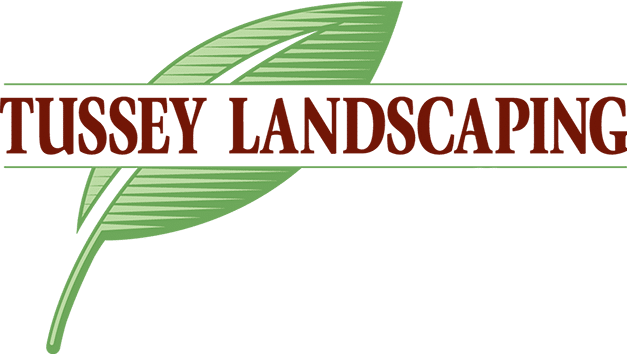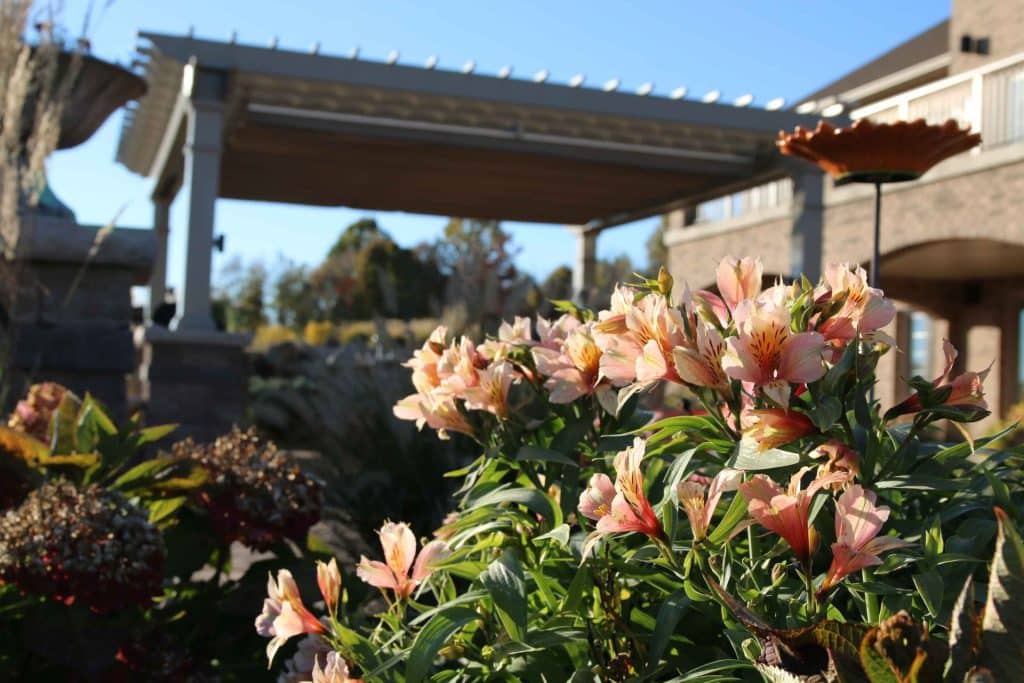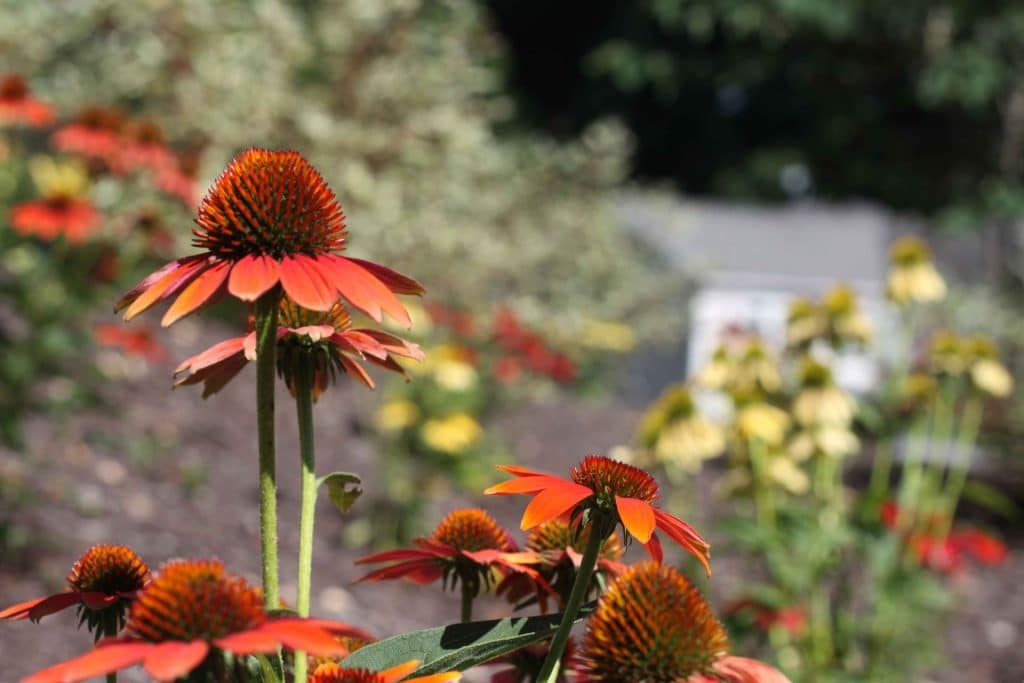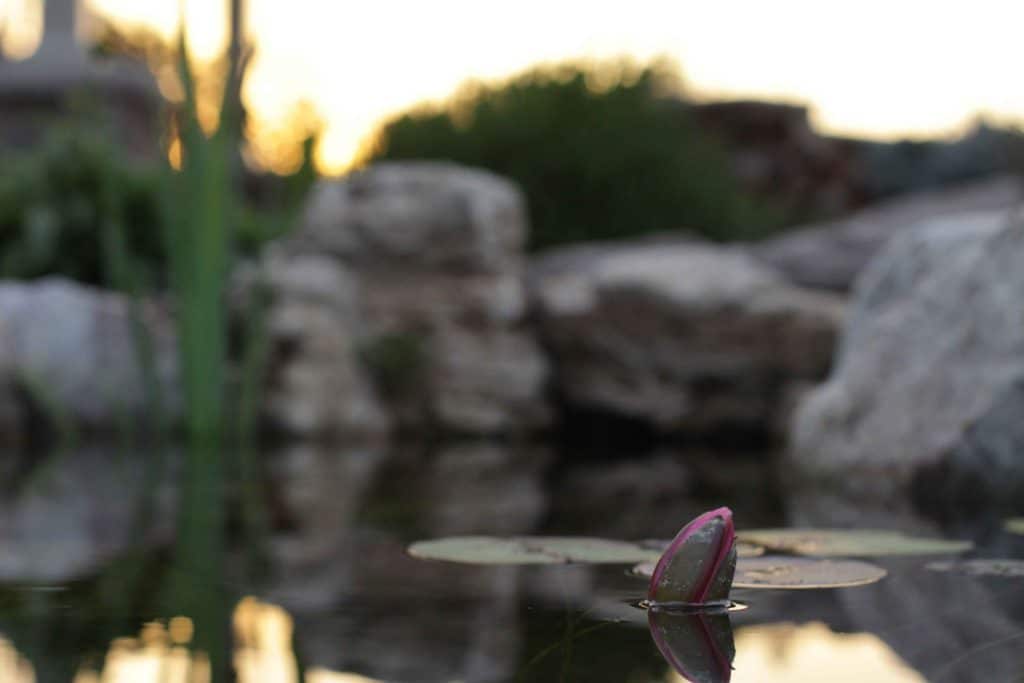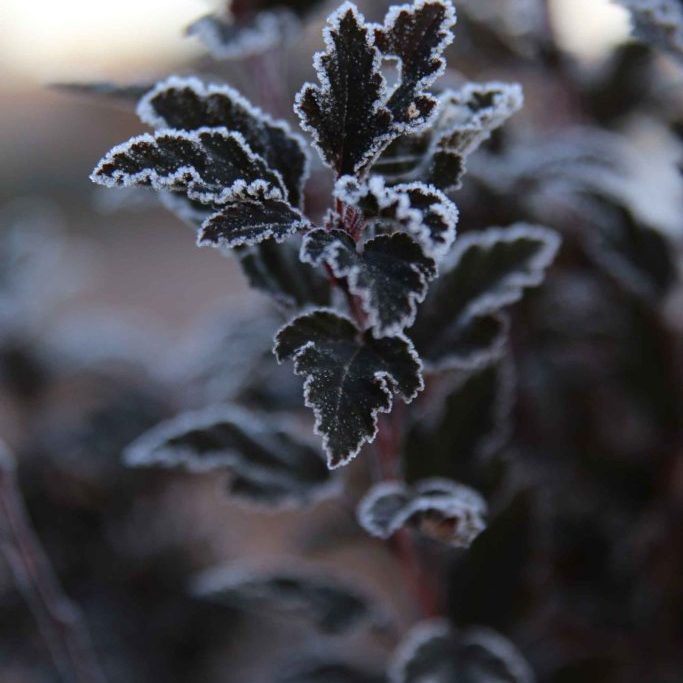Why Should I Use Native Plants?
Using plants that are native to the Altoona, State College, Johnstown, and Bedford Pennsylvania area provide a beautiful, hardy, drought-resistant, low maintenance landscape while benefiting the environment. Native plants, once established, save time and money by eliminating or significantly reducing the need for fertilizers, pesticides, water and lawn maintenance equipment.
Native plants do not require fertilizers.
Vast amounts of fertilizers are applied to lawns. Excess phosphorus and nitrogen (the main components of fertilizers) run off into lakes and rivers causing excess algae growth. This depletes oxygen in our waters, harms aquatic life and interferes with recreational uses.
Native plants require fewer pesticides than lawns.
Nationally, over 70 million pounds of pesticides are applied to lawns each year. Pesticides run off lawns and can contaminate rivers and lakes. People and pets in contact with chemically treated lawns can be exposed to pesticides.
Native plants require less water than lawns.
The modern lawn requires significant amounts of water to thrive. In urban areas, lawn irrigation uses as much as 30% of the water consumption on the East Coast and up to 60% on the West Coast. The deep root systems of many native Northeast plants increase the soil’s capacity to store water. Native plants can significantly reduce water runoff and, consequently, flooding.
Native plants help reduce air pollution.
Natural landscapes do not require mowing. Lawns, however, must be mowed regularly. Gas powered garden tools emit 5% of the nation’s air pollution. Forty million lawnmowers consume 200 million gallons of gasoline per year. One gas-powered lawnmower emits 11 times the air pollution of a new car for each hour of operation. Excessive carbon from the burning of fossil fuels contributes to global warming. Native plants sequester, or remove, carbon from the air.
Native plants provide shelter and food for wildlife.
Plants that are native to the Altoona, State College, Johnstown, and Bedford Pennsylvania area attract a variety of birds, butterflies, and other wildlife by providing diverse habitats and food sources. Closely mowed lawns are of little use to most wildlife.
Native plants promote biodiversity and stewardship of our natural heritage.
In the U.S., approximately 20 million acres of lawn are cultivated, covering more land than any single crop. Native plants are a part of our natural heritage. Natural landscaping is an opportunity to reestablish diverse native plants, thereby inviting the birds and butterflies back home.
Native plants save money.
A study by Applied Ecological Services (Brodhead, WI) of larger properties estimates that over a 20 year period, the cumulative cost of maintaining a prairie or a wetland totals $3,000 per acre versus $20,000 per acre for non-native turf grasses.
Get A Quote
Fill out the form below to tell us about your project, and one of our team will be in touch!
"*" indicates required fields
